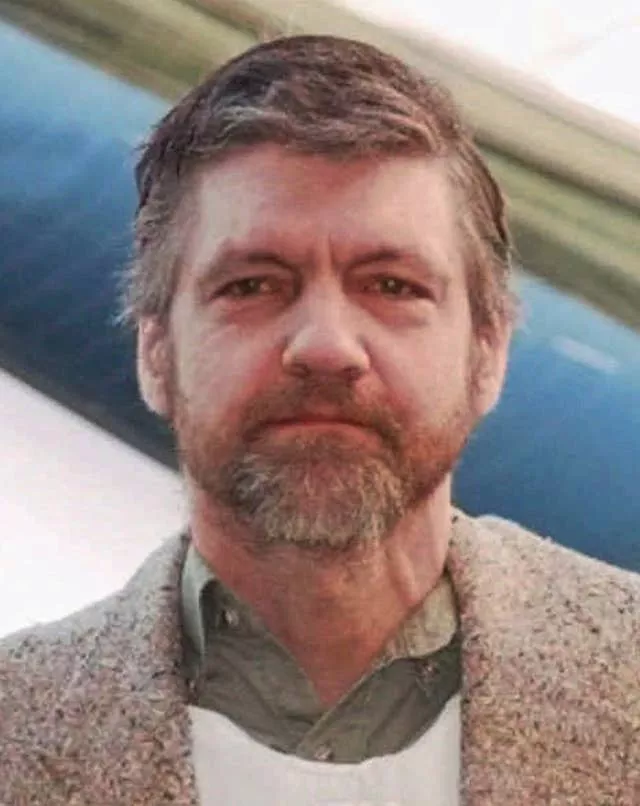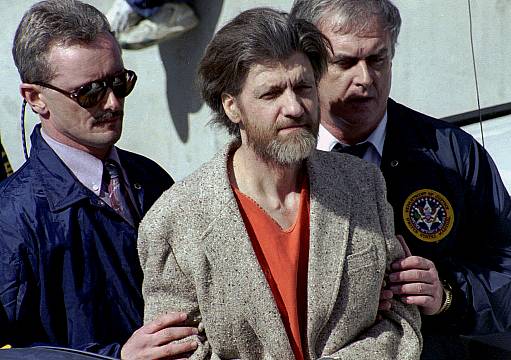Ted Kaczynski, the Harvard-educated mathematician who retreated to a dingy shack in the Montana wilderness and ran a 17-year bombing campaign that killed three people and injured 23 others, died from suicide, sources say.
Branded the “Unabomber” by the FBI, Kaczynski, who was 81 and suffering from late-stage cancer, was found unresponsive in his cell at the Federal Medical Centre in Butner, North Carolina, at about 12.30am on Saturday.
Emergency service workers performed CPR and revived him before he was taken to a hospital, where he was pronounced dead later on Saturday morning, sources told the Associated Press (AP).
The sources were not authorised to publicly discuss Kaczynski’s death and spoke on the condition of anonymity.

The federal Bureau of Prisons has faced increased scrutiny in the last several years after the death of wealthy financier Jeffrey Epstein, who also died by suicide in a federal jail in 2019.
Kaczynski had been held in the federal Supermax prison in Florence, Colorado, since May 1998, when he was sentenced to four life sentences plus 30 years for a campaign of terror that set universities nationwide on edge.
He admitted committing 16 bombings from 1978 and 1995, permanently maiming several of his victims.
His targets included academics and airlines, the owner of a computer rental store, an advertising executive and a timer industry lobbyist. In 1993, a California geneticist and a Yale University computer expert were maimed by bombs within the space of two days.
Two years later, he used the threat of continued violence to convince The New York Times and The Washington Post to publish his manifesto, a 35,000-word screed against modern life, technology and damage to the environment.

The tone of the treatise was recognised by his brother, David, and David’s wife Linda Patrik, who tipped off the FBI, which had been searching for the Unabomber for years in the nation’s longest, costliest manhunt.
Authorities in April 1996 found him in a small plywood cabin outside Lincoln, Montana, that was filled with journals, a coded diary, explosive ingredients and two completed bombs.
While awaiting trial in 1998, Kaczynski attempted to hang himself using underwear.
Though he was diagnosed by a psychiatrist as a paranoid schizophrenic, he was adamant that he was not mentally ill. He eventually pleaded guilty rather than allow his lawyers to present an insanity defence.
Growing up in Chicago, Kaczynski skipped two grades before attending Harvard at the age of 16, where he published papers in prestigious mathematics journals.
His explosives were carefully tested and came in meticulously handcrafted wooden boxes sanded to remove possible fingerprints. Later bombs bore the signature “FC” for “Freedom Club”.
The FBI called him the “Unabomber” because his early targets seemed to be universities and airlines. An altitude-triggered bomb he posted in 1979 went off as planned on board an American Airlines flight, with a dozen people on board suffering from smoke inhalation.
During his decades in prison, Kaczynski maintained regular correspondence with the outside world, becoming an object of fascination – and even reverence – among those opposed to modern civilisation.
“He’s turned into an iconic figure for both the far-right and far-left,” said Daryl Hall, a domestic terrorism expert at the New Lines Institute, a non-profit think tank. “He definitely stands out from the rest of the pack as far as his level of education, the meticulous nature in which he went about designing his bombs.”







